Widely grown in the coastal region of most of the tropical countries, Punnaga tree is an evergreen beautiful tree grown to beatify gardens and roads.
Other common names in India are Sultan Champa, Surangi, in Sanskrit it is known as Nag Champa or Punnaga, in Tamil it is known as Punnai. English common names are Alexandrian laurel, Ball tree, Indian Laurel, and Red Poon.
Punnaga Tree is native of East Africa, Southern Coastal India, Malaysia, and Australia. The botanical name is Calophyllum inophyllum and belongs to Clusiaceae (Garcinia family) or Calophyllaceae.
The tree grows to a height of 20 meters with a dense irregular crown.
The trunk of the tree is thick and covered with a rough, black, cracked bark which becomes smooth over the years. The leaves are dark green, thick, and glossy.
Flowers bloom in clusters of 4 to 15 flowers at the tip of branches. Punnaga flowers are fragrant and are 25 mm across with white petals and yellow stamens.
Punnaga fruit is green and round about 2 to 4 cm in diameter. A single large seed is enclosed in the fruit. Ripe fruit is poisonous, yellow or red and gets wrinkled.
Medicinal Uses:
Leaves of Punnaga tree are used to treat eye inflammation, migraines, and vertigo.
Other Uses:
Due to the fragrance of the flowers, they are well sought after in the perfume, cosmetic, and aroma oil industry. The wood is used in building construction and boats. The poisonous sap of the tree is used to make poison arrows.
Punnaga flowers are considered sacred and are offered to Lord Ganesha during 21 Pushpa Pooja, while chanting the below mantra: “Om Vigneshwaraya namaha, Punnaga pushpam samarpayami”.
Propagation:
Trees are grown using seeds as well as cuttings. Though the tree is known to grow in lowlands and coastal regions, it has been successfully grown in almost all altitudes. It tolerates all kinds of soil.
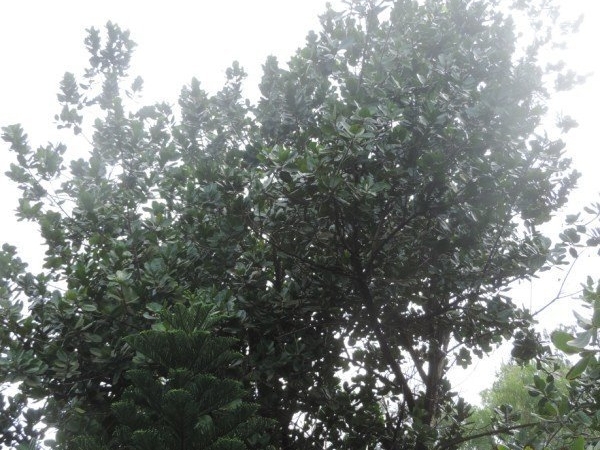
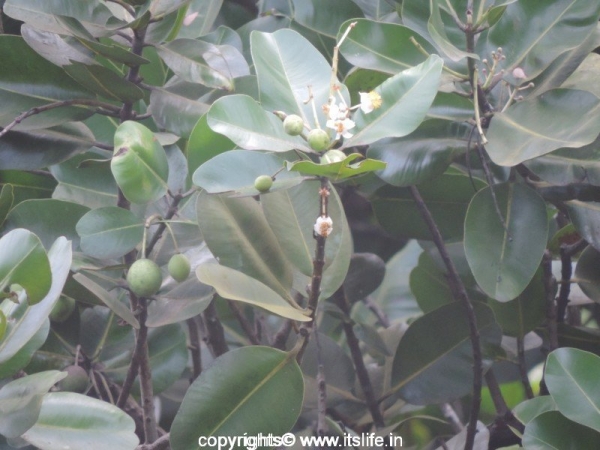
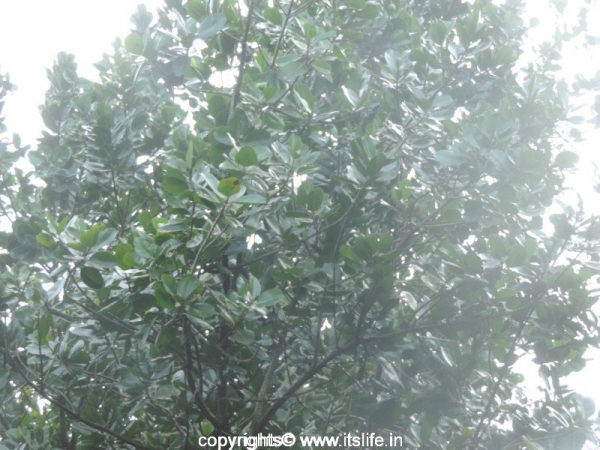
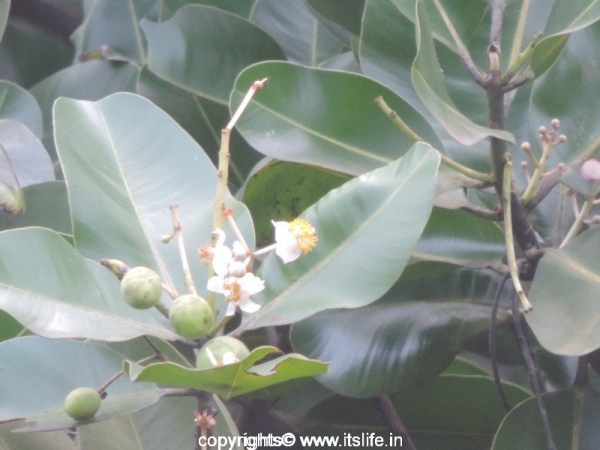
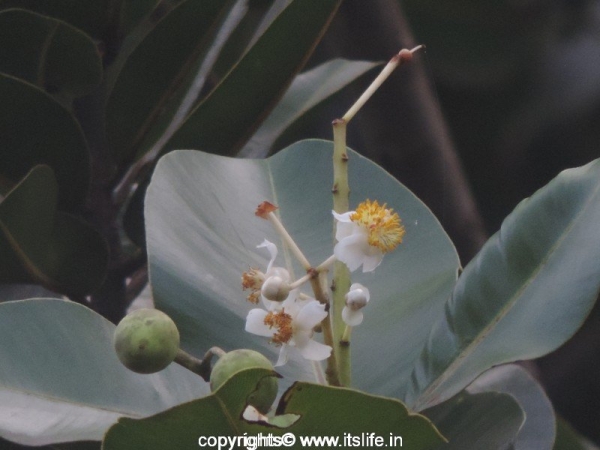
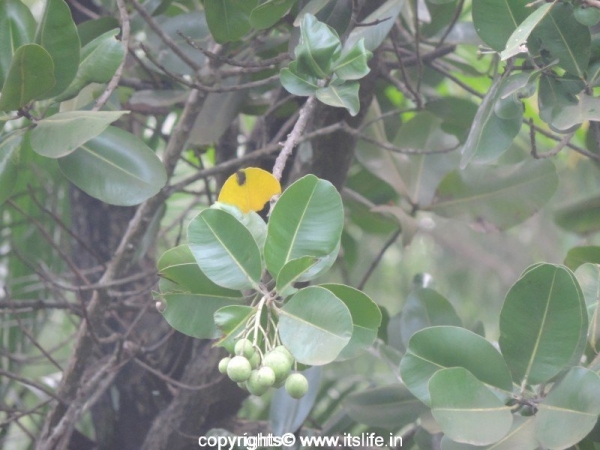
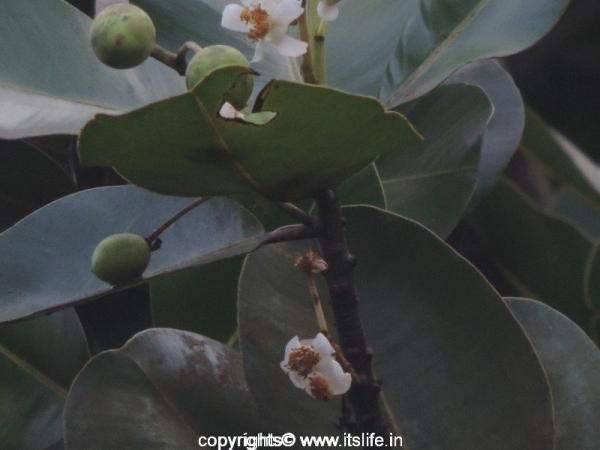

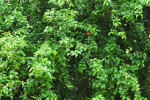
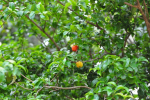
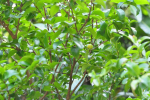
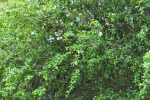
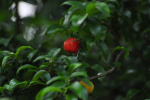
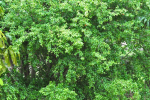

Hi, I am from Kolkata, India. How can I get a punnag (calophyllum inophyllum) plant for our home. Any suggestions are welcomed.
You should check with the local nurseries.